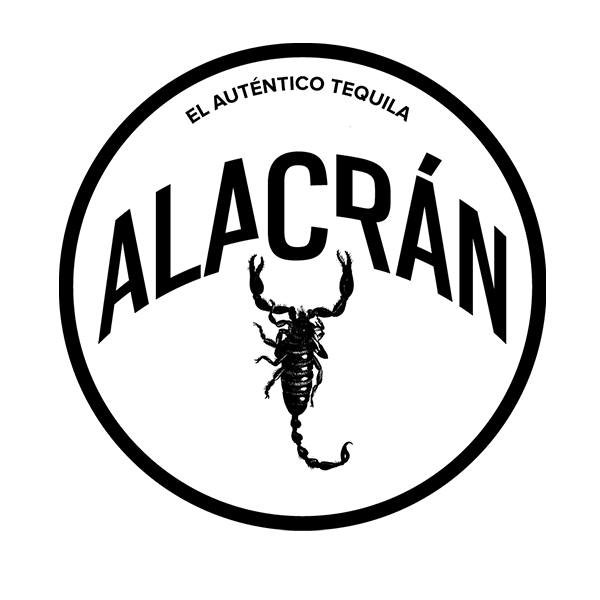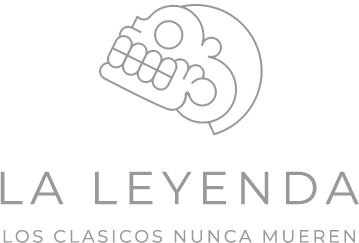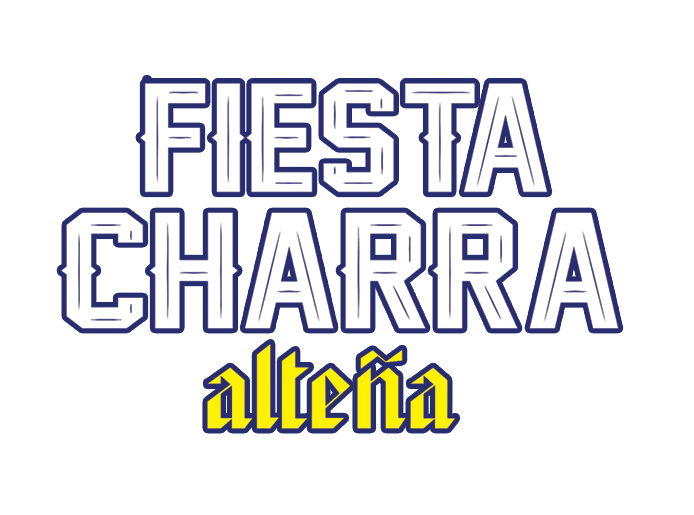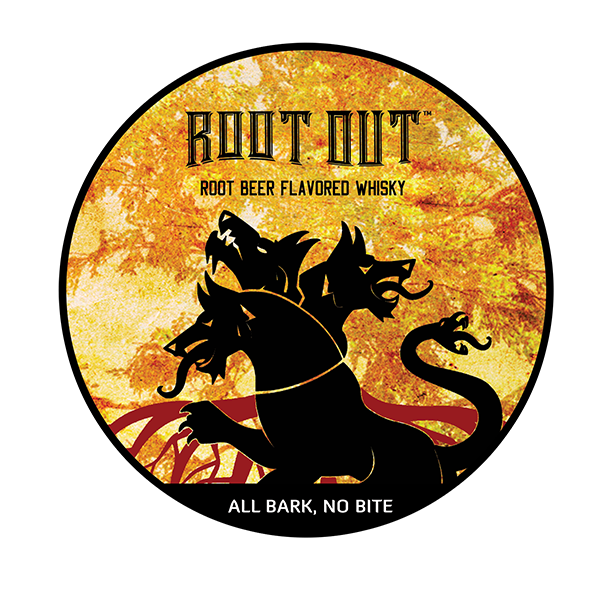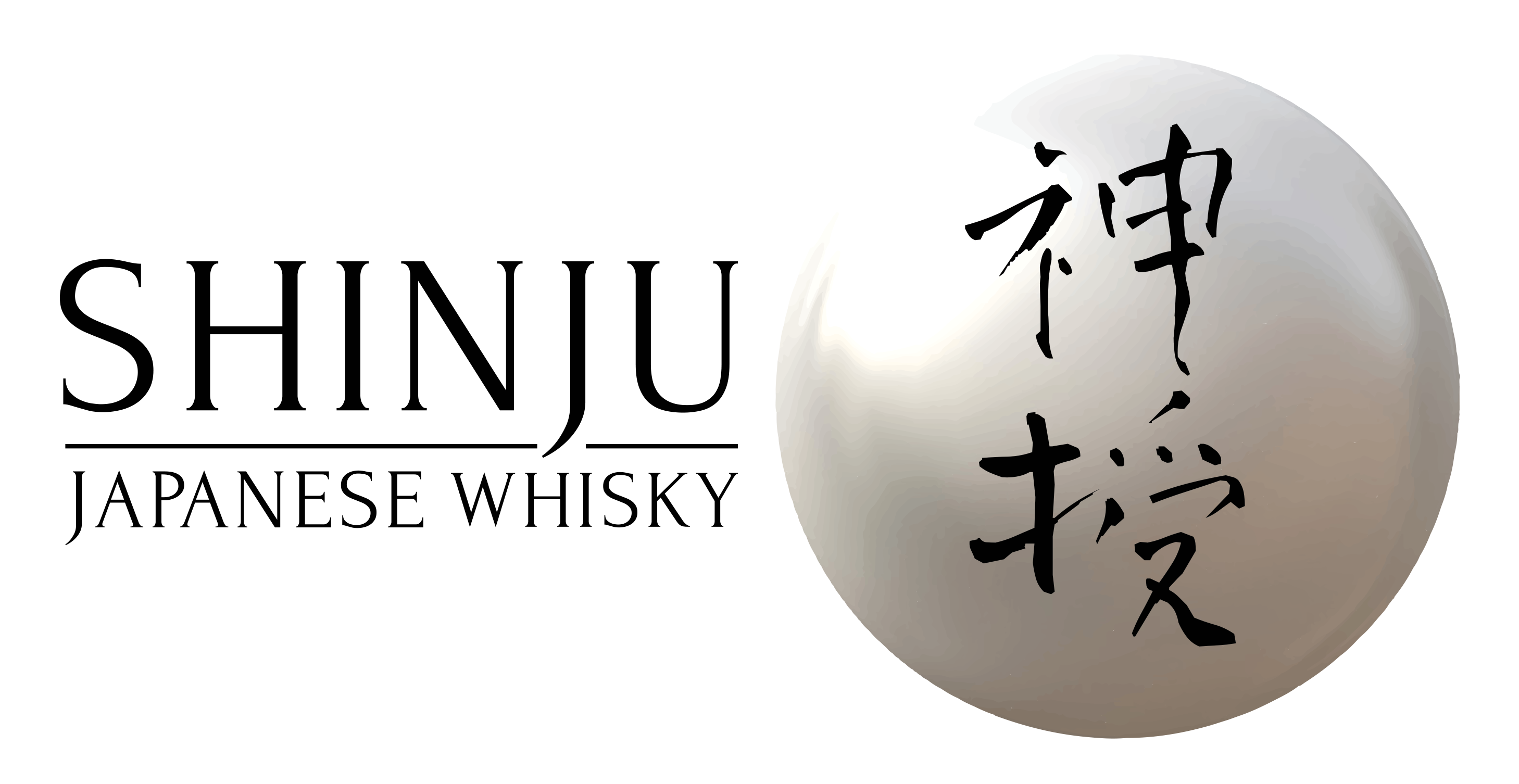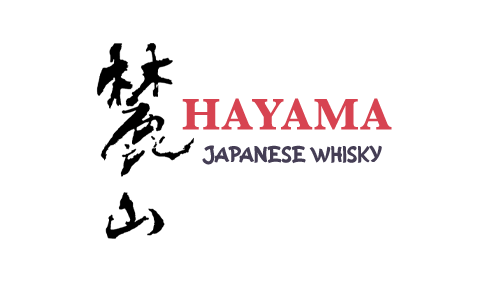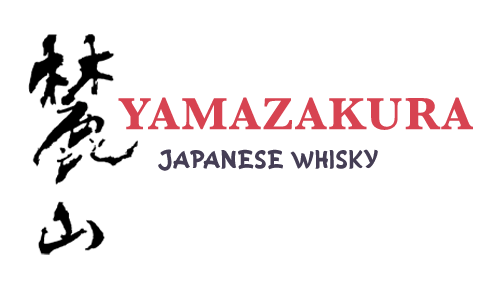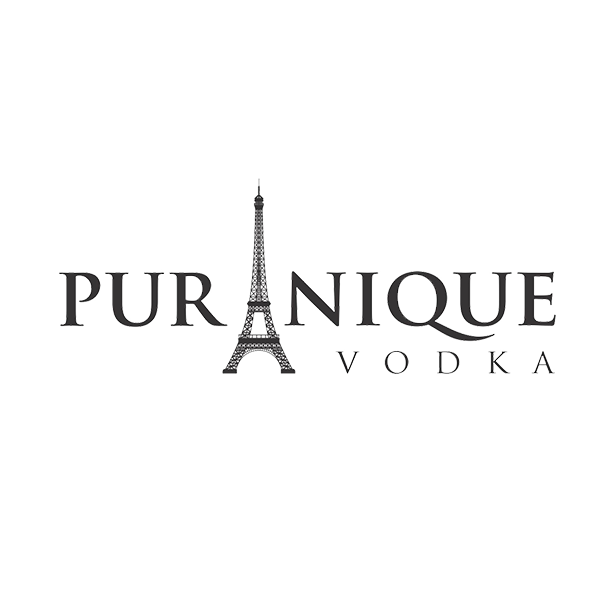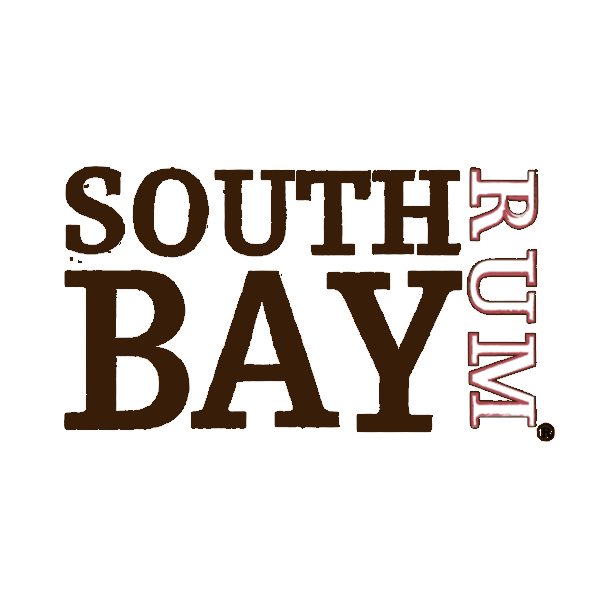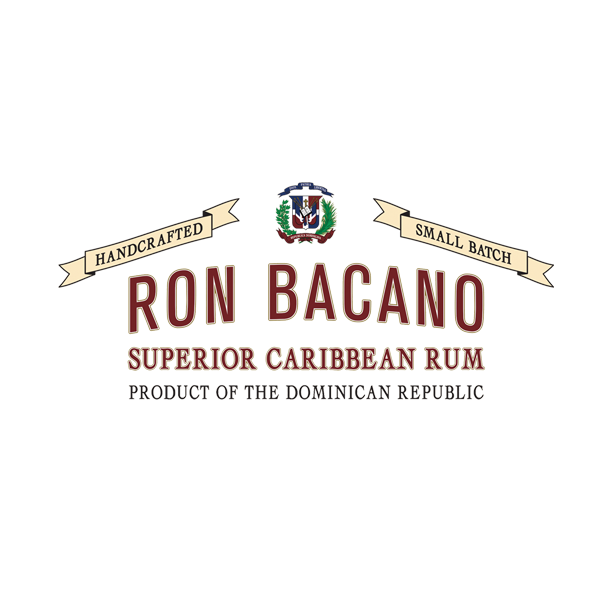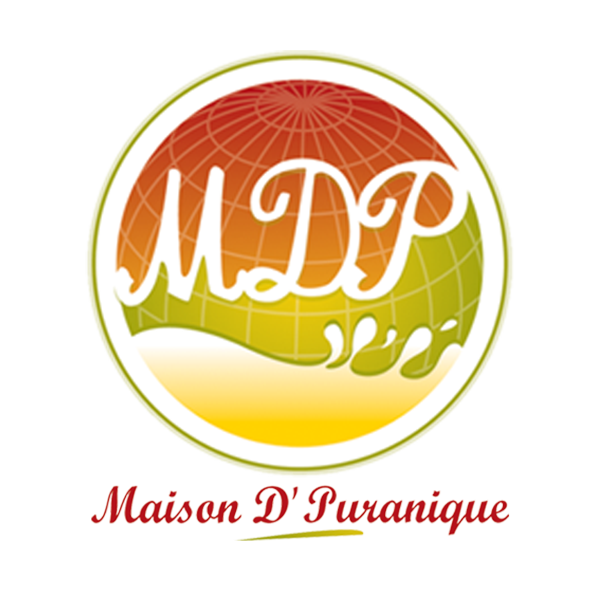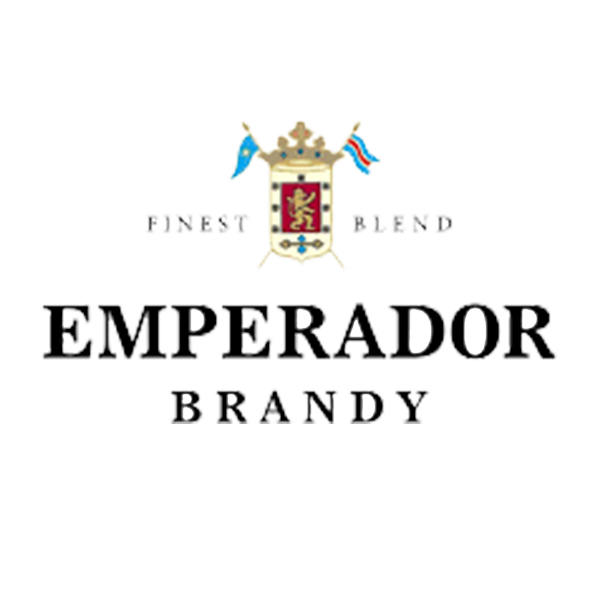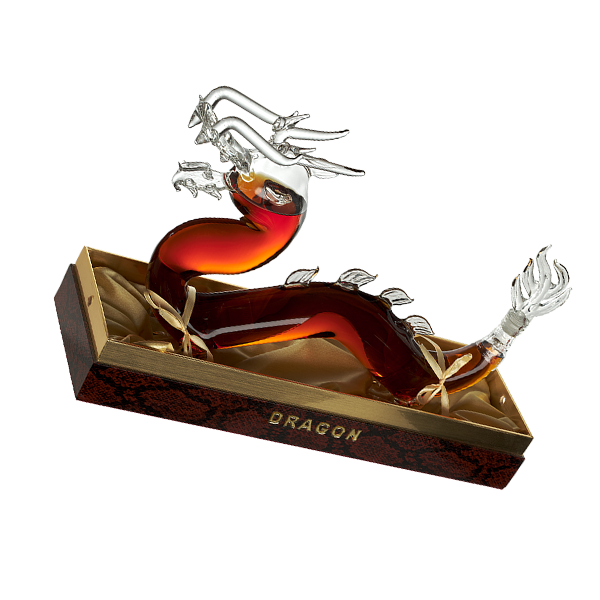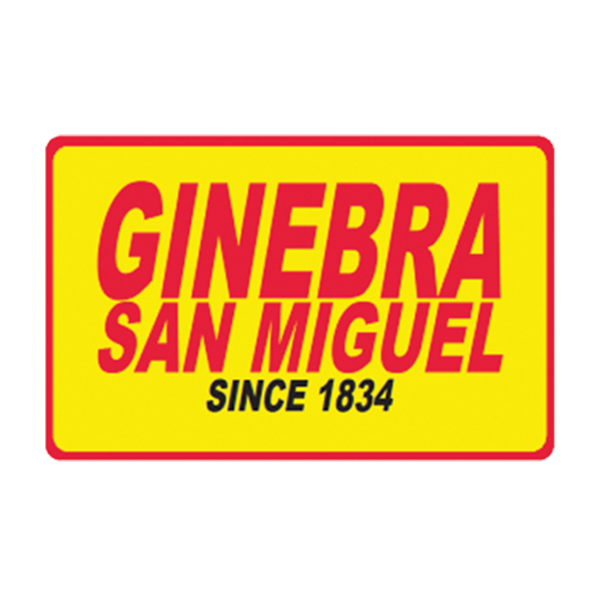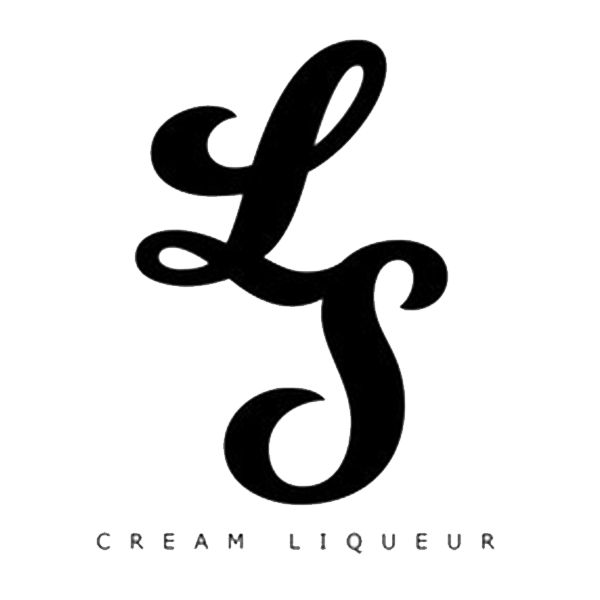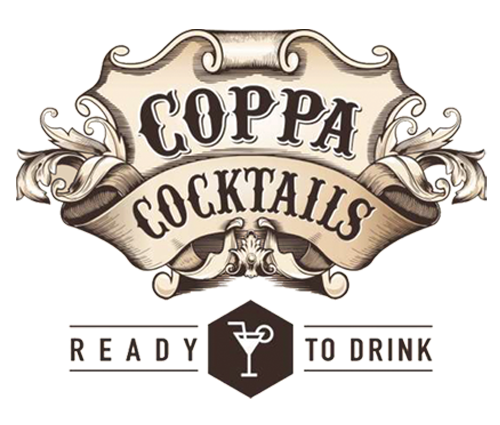Spirits
TEQUILA
Tequila is a distilled beverage made from the blue agave plant, primarily in the area surrounding the city of Tequila 65 km (40 mi) northwest of Guadalajara, and in the Jaliscan Highlands (Los Altos de Jalisco) of the central western Mexican state of Jalisco.
The U.S. tequila market is estimated to reach US $4.74 billion in 2024, growing at a CAGR of 5.06% for the period spanning from 2020 to 2024. The U.S. tequila market is broadly segmented into four types; into Super Premium, Premium, High-end premium and value segments. Super-premium held the largest share of the U.S. tequila market owing to increasing demand for super-premium and premium tequila is the major factor for the market growth in the U.S. There is a market shift from binge drinking to drinking sophisticated cocktails using premium and super-premium tequilas.
Growing cocktail demand, rising demand for premium brands and rising disposable income in the U.S. were the factors that contributed to the market growth. The rising popularity of the consumption of tequila drinks among consumers, especially millennial will further contribute to the volume growth.

WHISKY
Whisky or whiskey is a type of distilled alcoholic beverage made from fermented grain mash. Various grains (which may be malted) are used for different varieties, including barley, corn, rye, and wheat. Whisky is typically aged in wooden casks, which are often old sherry casks or may also be made of charred white oak.
Whisky is a strictly regulated spirit worldwide with many classes and types. The typical unifying characteristics of the different classes and types are the fermentation of grains, distillation, and ageing in wooden barrels.
Whiskey industry demand is expected to register around 6% CAGR between 2021 and 2027 driven by changing consumer taste preferences and growing demand for traditional aged whiskeys.
The whiskey market revenue is projected to cross USD 85 billion by 2027, according to a new research report by Global Market Insights Inc. Growing consumer demand for premium alcoholic beverages owing to changing consumer perception that consumption of whiskey is a sign of social status is expected to raise the product demand.

VODKA
Vodka is a clear distilled alcoholic beverage. Different varieties originated in Poland, Russia, and Sweden.Vodka is composed mainly of water and ethanol but sometimes with traces of impurities and flavourings. Traditionally, it is made by distilling liquid from fermented cereal grains. Potatoes have been used in more recent times, and some modern brands use fruits, honey, or maple sap as the base.
Vodka generates the largest sales volume within the U.S. spirits industry. The vodka market in US is expected to grow by 55.38 million liters during 2020-2024, expanding at a CAGR of almost 2%.
Consumers in the US are exhibiting an increased demand for flavored vodkas and cocktails. This is driving many retailers in the country to introduce different types of vodkas under their private-label brands to increase revenues.
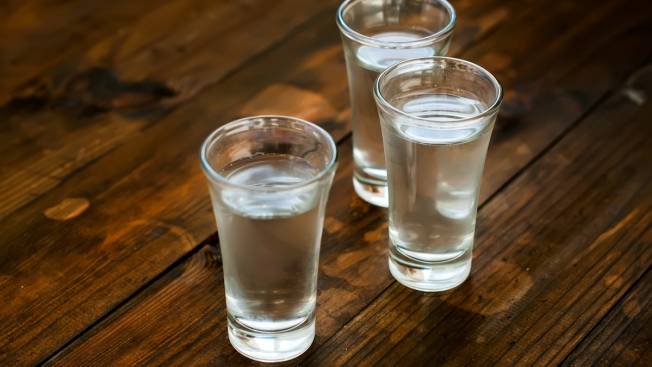
RUM
Rum is a liquor made by fermenting and then distilling sugarcane molasses or sugarcane juice. The distillate, a clear liquid, is usually aged in oak barrels. Rum is produced in nearly every sugar-producing region of the world, such as the Philippines, where Tanduay is the largest producer of rum globally.
Rums are produced in various grades. Light rums are commonly used in cocktails, whereas "golden" and "dark" rums were typically consumed straight or neat, iced ("on the rocks"), or used for cooking, but are now commonly consumed with mixers. Premium rums are made to be consumed either straight or iced.

COGNAC
Cognac is a variety of brandy named after the commune of Cognac, France. It is produced in the surrounding wine-growing region in the departments of Charente and Charente-Maritime.
Cognac production falls under French appellation d'origine contrôlée (AOC) designation, with production methods and naming required to meet certain legal requirements. Among the specified grapes, Ugni blanc, known locally as Saint-Émilion, is most widely used.[5] The brandy must be twice distilled in copper pot stills and aged at least two years in French oak barrels from Limousin or Tronçais. Cognac matures in the same way as whiskies and wines barrel-age, and most cognacs spend considerably longer "on the wood" than the minimum legal requirement.

BRANDY
Brandy is a liquor produced by distilling wine. Brandy generally contains 35–60% alcohol by volume (70–120 US proof) and is typically consumed as an after-dinner digestif. Some brandies are aged in wooden casks. Others are coloured with caramel colouring to imitate the effect of aging, and some are produced using a combination of both aging and colouring. Varieties of wine brandy can be found across the winemaking world. Among the most renowned are Cognac and Armagnac from southwestern France.
In a broader sense, the term brandy also denotes liquors obtained from the distillation of pomace (yielding pomace brandy), or mash or wine of any other fruit (fruit brandy) These products are also called eau de vie (which translates to "water of life").

GIN
Gin is a distilled alcoholic drink that derives its predominant flavour from juniper berries.
Gin originated as a medicinal liquor made by monks and alchemists across Europe, particularly in southern Italy (Salerno), Flanders and the Netherlands, to provide aqua vita from distillates of grapes and grains. It then became an object of commerce in the spirits industry. Gin became popular in England after the introduction of jenever, a Dutch and Belgian liquor that was originally a medicine. Although this development had been taking place since the early 17th century, gin became widespread after the 1688 Glorious Revolution led by William of Orange and subsequent import restrictions on French brandy. Gin subsequently emerged as the national alcoholic drink of England.

CREAM LIQUOR
A cream liqueur is precisely what it sounds like: Liqueur made with the addition of cream. (Not to be confused with crème liqueur, for instance crème de menthe, which is made with a generous dose of sugar.)

READY TO DRINK COCKTAILS
RTD Cocktails are cocktails that have been pre-batch and bottled or canned. The benefits of having such a drink is that the customer does not need to worry about balance, technique or having multiple ingredients at home. The idea is that the customer will open the cocktail and simply pour and serve. Sales of RTD's cocktails and the amount of RTD's on the market have greatly increased over the past 12 months in the UK and America.

HERBAL LIQUOR
A therapeutic preparation in which chopped herbs are placed in alcohol (e.g., brandy, rum, vodka) and allowed to steep for three months to a year. Herbal liquors are believed to allow virtually complete extraction of a herb’s energies and essences, and form the basis of many of the tonics used in Chinese medicine.


